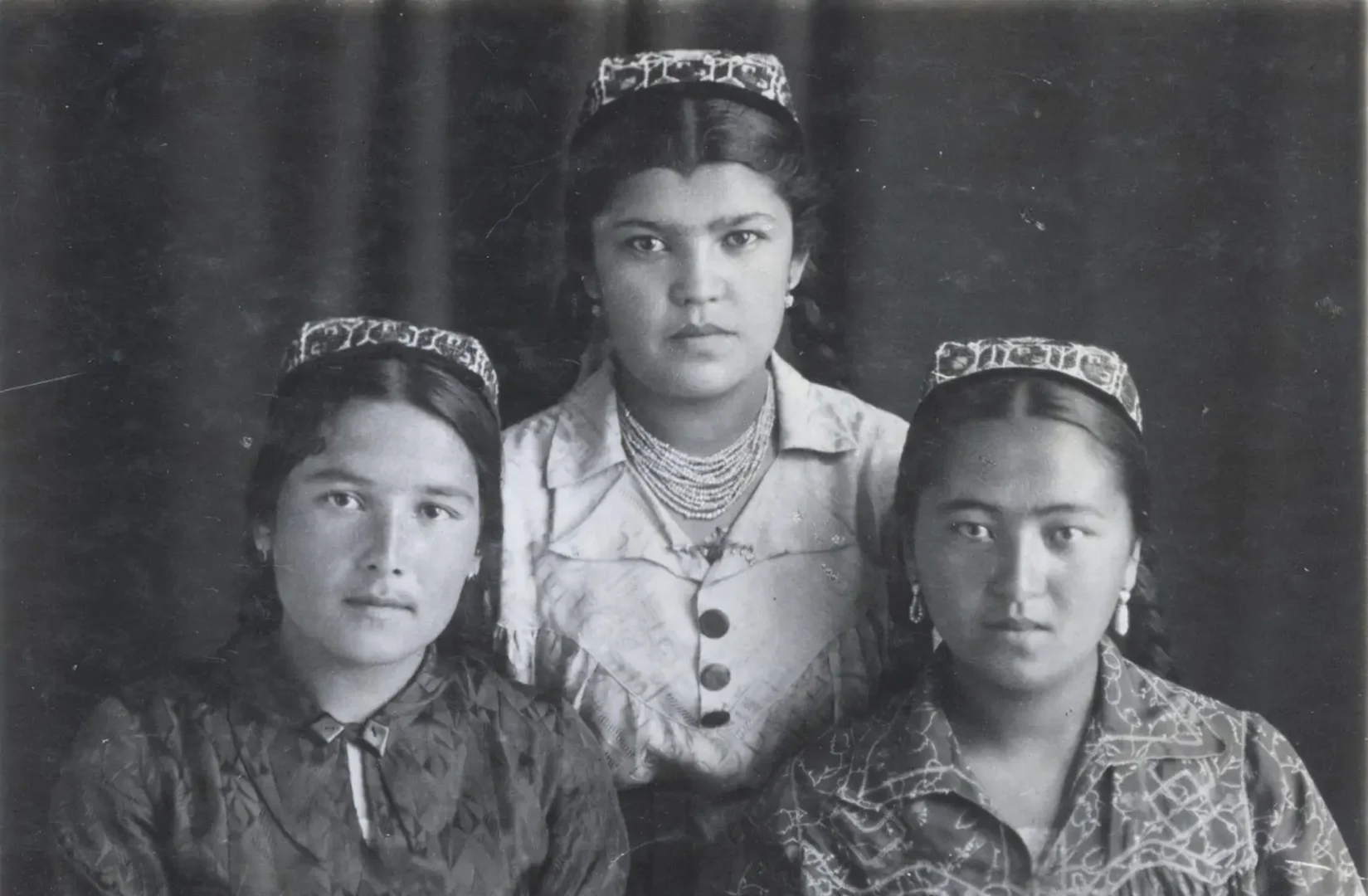The doppi is a traditional headdress worn by the peoples of Central Asia, the Caucasus, the Volga region, and the Middle East. Its history spans several centuries, and its form and patterns reflect the cultural and religious characteristics of different peoples.
How did the doppi come into being?
The word "döppi" comes from the Turkic "tүbәтәy." This headwear first appeared in Central Asia, where it was worn to protect from the sun. Over time, the skullcap became not only a practical garment but also a symbol of status.
In different countries, skullcaps are called differently: - in Uzbekistan and Tajikistan - "duppi" or "qalpoq"; - in Kazakhstan and Kyrgyzstan - "taqiya" or "tebetey"; - in Tatarstan and Bashkortostan - "kalyapush."
Features of doppi
Doppi differ in shape and patterns: - Uzbek skullcaps are often decorated with bright embroidery; - Kazakh and Kyrgyz skullcaps are usually white with national ornaments; - Tatar skullcaps have a hemispherical shape.
The patterns on the skullcaps are not just decorations - they carry a special meaning. For example, some ornaments protect from the evil eye, others symbolize well-being.

